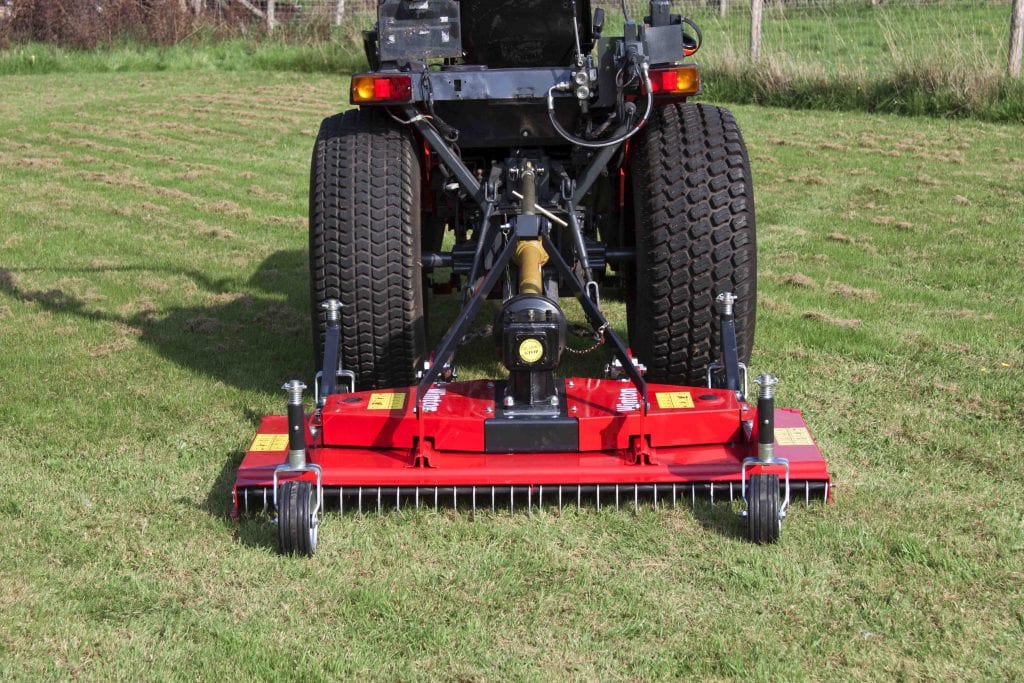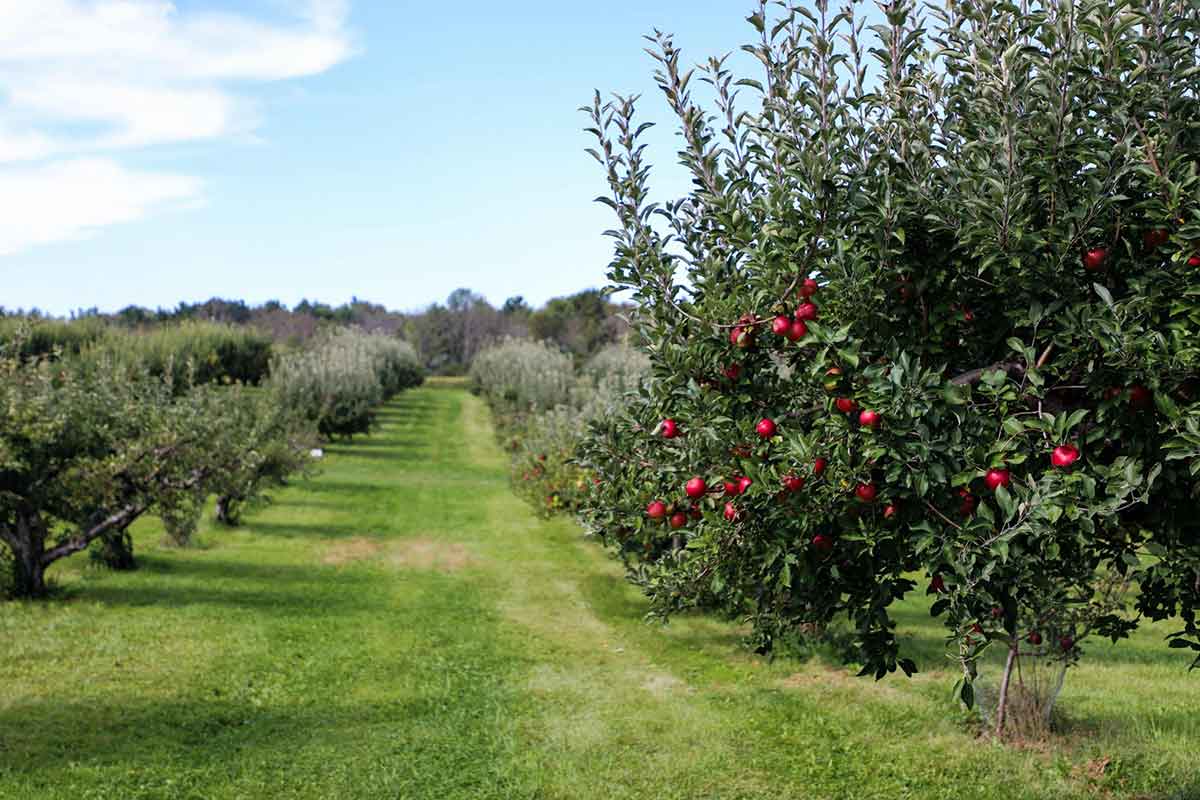With spring just around the corner, you may be thinking of investing or upgrading your mower. Here we have put together information on the different types we do to try to narrow it down for you!
Topper mowers
A topper mower does precisely what it says on the tin: it takes the tops off long grasses, small saplings and scrubs. As such, this type of mower is ideal for rough, overgrown pastures with long grass, weeds, brambles and other woody plants.
Toppers have two blades which are attached to a rotating carrier that allows the blades to top the grass. On flat land, they make easy work of cutting back grasses to a more manageable length — leaving a rough cut behind and rows of long cuttings which are easy to rake up.
If the ground is very uneven or rough, a topper isn’t the best choice. The same can be said if you’re after a close-cut finish. But other than that, we can’t think of many disadvantages of using a topper.
Generally speaking, these types of mowers are mechanically pretty basic — meaning they are straightforward to maintain and offer excellent value for money.
Finishing mowers
Perfect for use on flat areas of short grass, a finishing mower is ideal for regularly maintaining golf courses, sports fields and lawns. Although they can also be used in well-maintained paddocks or pasture which has recently been topped.
Finishing mowers use a three-blade design. The centre of each blade is fixed to the mower, and each blade then rotates on the blade spindle or hub assembly. The height of finishing mowers can easily be adjusted using the wheel spacers, to ensure a close-to-the-ground cut and fine finish.
Typically, finishing mowers are more expensive than toppers, although it is an idea to keep an eye on our offers!
Flail mowers
For a great all-round cutter, you can’t go wrong with the versatile flail mower. A flail is suitable for short grass such as lawns and will leave a good finish if used regularly. Much like a topper, it will also make light work of cutting through long grass, weeds and woody material in overgrown areas or on uneven land.
Unlike a topper, a flail mower leaves a fine finish and spreads short, smaller cuttings across paddocks or fields. These cuttings soon mulch down and provide a fantastic natural fertiliser.
Rather than the standard Y-blades, Winton flail mowers use heavy-duty hammer blades that sit on a horizontal rotor which spins the hammers to create the flail motion. As such, flail mowers are well-equipped to handle rough, uneven ground and overgrown areas.
Flails are also more compact than topper or finishing mowers, making them highly manoeuvrable in tight spaces — ideal for cutting verges and lawns — and easier to store in between cuts.
In the past, the topper would have been the mower of choice for smallholdings owners. However, we are now starting to see more and more customers buying flail mowers due to their immense versatility.
We hope this has given you a bit more information to help you make a decision, if you need further information our sales team are always on hand to help!








